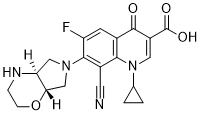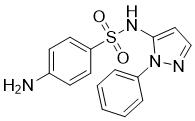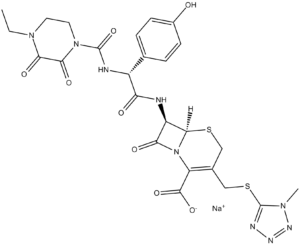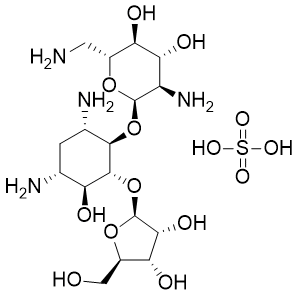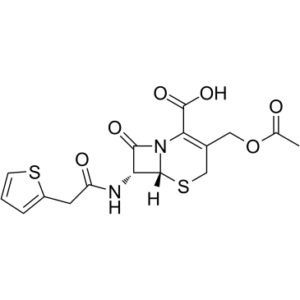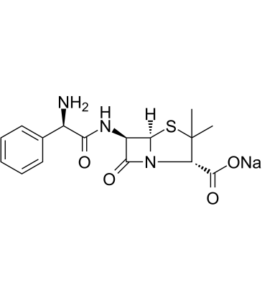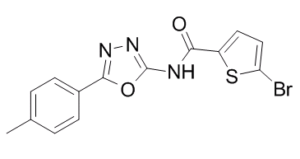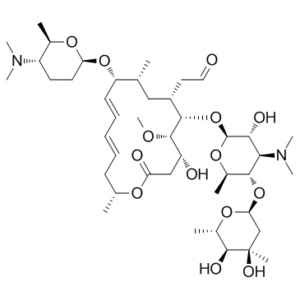Finafloxacin (trade name Xtoro) is an FDA approved fluoroquinolone antibiotic to treat acute otitis externa (so called swimmer’s ear) caused by the bacteria Pseudomonas aeruginosa and Staphylococcus aureus.
Ethyl 6-fluorobenzofuran-7-carboxylate is a novel and potent β-lactamase inhibitor extracted from WO 2019075084.
Sulfaphenazole (RN-0308518; Firmazolo; Inamil; BRN 0308518), an antibiotic of the sulfonamide class, is a potent and specific inhibitor of CYP2C9 that can block atherogenic and pro-inflammatory effects of linoleic acid (increase in oxidative stress and activation of AP-1) mediated by CYP2C9.
Cefoperazone Sodium, the sodium salt of Cefoperazone (Cefobid), which is a third-generation and semisynthetic cephalosporin with a broad spectrum of antibacterial activity.
Nacubactam (OP-0595; RG-6080, FPI-1459) is a novel, non-β-lactam and potent beta-lactamase inhibitor with antibacterial activity against class A and class C β-lactamases.
Ribostamycin sulfate (Landamycine, Ribomycine; Ribostamin) is a naturally occuring aminoglycoside-aminocyclitol antibiotic with a broad-spectrum antibiotic activity against various gram-positive and gram-negative bacteria.
Cefalotin is a potent cephem antibiotic agent which inhibits class C β-lactamase AmpC, with an Ki of 0.32 µM.
Ampicillin sodium is a potent broad-spectrum beta-lactam antibiotic widely used to prevent and treat a number of bacterial infections, such as respiratory tract infections, urinary tract infections, meningitis, salmonellosis, and endocarditis.
KL-10 is a small-molecule ribosome rescue inhibitor that possesses a broad-spectrum of antimicrobial activity against bacteria. KKL-10 exhibited exceptional antimicrobial activity against both attenuated and fully virulent strains of F. tularensis in vitro and during ex vivo infection. Addition of KKL-10 to macrophages or liver cells at any time after infection by F. tularensis prevented […]
Spiramycin (HSDB7027; HSDB-7027; Rovamycin) is naturally occurring and clinically important 16-member macrolide antibiotic isolated from Streptomyces ambofaciens. It has activity against bacteria and Toxoplasma gondii, and also has antiparasitic effect. Spiramycin is composed of a 16-member lactone ring, on which three sugars (mycaminose, forosamine, and mycarose) are attached. Biosynthetic studies have established that the earliest […]
